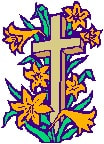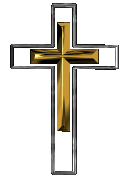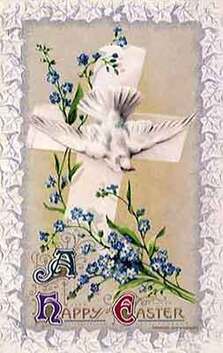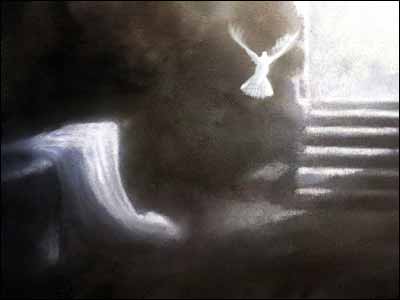
Sermon Easter 4
At this time of year we hear quite a lot about sheep in the Gospel according to St John. I didn’t grow up in the countryside, so I know very little about sheep. The only one I know is Shaun the Sheep. I don’t know whether you are familiar with him too, but it turns out that sheep are not as dim as we might think, especially Shaun. He is brighter than his companions and he runs rings around the dog who is supposed to keep the sheep in order. He also runs rings round the farmer. It is perhaps a good thing that the farmer doesn’t know the half of what goes on in his farmyard when his back is turned. In the movie I saw a few years ago Shaun leads his fellow sheep and the farmer as well into the unknown territory of a city and even though they are county folk, they devise some wonderful methods of survival before managing to get back to the more familiar and comforting territory of the farm.
The thing about those sheep is that they don’t really need a member of another species- a human being- to guide them. They have one of their own who can do it perfectly well. When St John’s Gospel speaks about sheep it is speaking of the flock that is God’s faithful people and of the shepherd that is Christ. He does not belong to another species, but he is one of us. Jesus appeared in human flesh, but this was not just a trick of the light. In this person we see someone who is every bit as human as we are. He became the shepherd of God’s people. This was not because he was cleverer than we are. It is true that Jesus impressed people with his knowledge from a young age, but cleverness is not the point about Jesus. He is our shepherd because of his deep and intimate communion with the one he called his Father and because of his compassion for us.
Shaun the Sheep and his companions were intent on saving their own skins and getting back to safety through a variety of entertaining escapades. If that is the instinct that sheep have then we could say the same about human beings. Survival seems paramount and so does the safeguarding of our own interests. But what Jesus revealed to his disciples was that he was the shepherd who loved his flock to such an extent that he was prepared to stand in the way of danger for them. He was ready and willing to give up his life for the sake of those he cared about. When the time of reckoning came, he was quite clear that he would not run away. He gives them the image of the hired hand who professes to care but who, when it comes to the crunch, will abandon the flock in order to save his own bacon. For Jesus, there was to be no by-passing of the Cross. From his point of view this wasn’t just a sad and unexpected ending to the life of a good man, but the choice he himself had made; a sacrifice out of which would flow new and everlasting life.
The world in which we live is often governed by self-interest. This can be true of those who lead as well as those who follow. Sacrifice of any kind can be a rare quality, sometimes seen as inspiring and sometimes as foolish. But the sacrifice Jesus made was consistent with his entire life: a life of compassion, truthfulness and integrity. He is the one who can, in all humility, call himself the Good Shepherd. He can claim the loyalty of those who make the choice to follow his way… the way that leads to the fullness of life. None of this would have made any sense at all if Jesus had not been raised out of death into newness of life. Jesus spoke about his life, saying: “No one takes it from me; I lay it down of my own free will, and as it is in my power to lay it down, so it is in my power to take it up again...” By reclaiming his own life, he invited believers to follow him so that they themselves can discover a life that is complete.
Whether we lead or whether we follow, the Good Shepherd is our model for the kind of care and love that God calls us to show to one another. Christians – disciples of Jesus – do not live for themselves alone but look to the needs of others. In this we unite ourselves with the Good Shepherd himself, who walks with us across the hills and valleys of human experience and brings us to safe pasture. Let’s listen to his voice through the words of the Bible and through our prayers; let’s be nourished by the sacraments; and let us then follow him and live as he showed us, as he leads us along the path of eternal life.
Father Richard



 RSS Feed
RSS Feed